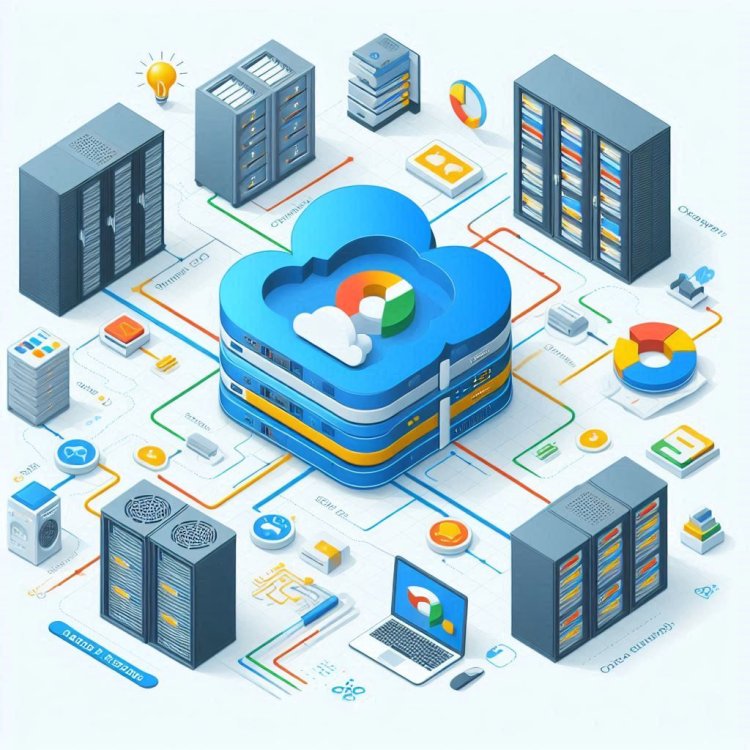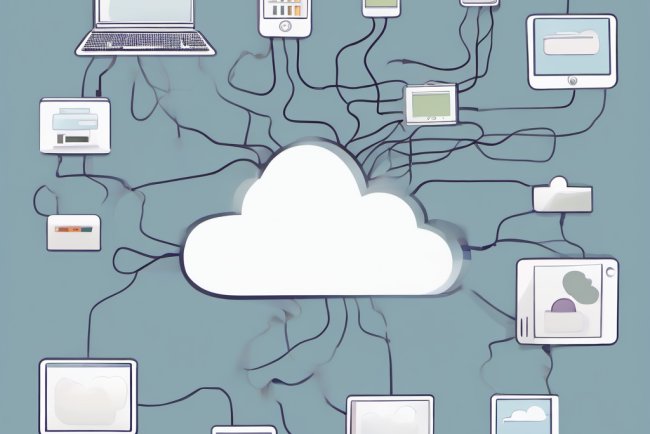Understanding Cloud Computing: Benefits, Types, and Future Trends
Learn about cloud computing, its benefits, types, and future trends. #kikseeMagazine #CloudComputing


- Introduction to Cloud Computing
- Benefits of Cloud Computing
- Types of Cloud Computing
- Future Trends in Cloud Computing
- Conclusion
- FAQs
Article
Introduction to Cloud Computing
Cloud computing is a revolutionary technology that allows businesses and individuals to access computing resources such as servers, storage, databases, networking, software, and more over the internet (the cloud). This technology eliminates the need for physical hardware and provides on-demand access to resources, enabling users to scale and innovate faster than ever before. The essence of cloud computing lies in its ability to provide flexible and efficient resource management, cost savings, and improved performance.
Benefits of Cloud Computing
Cost Efficiency
One of the primary advantages of cloud computing is cost efficiency. By utilizing cloud services, organizations can avoid the substantial costs associated with purchasing and maintaining physical hardware. Instead, they pay for the resources they use, often on a subscription or pay-as-you-go basis. This model not only reduces capital expenditure but also lowers operational costs by eliminating the need for on-site maintenance and support.
Scalability
Cloud computing offers unparalleled scalability. Businesses can easily scale their IT resources up or down based on their needs. Whether dealing with a sudden surge in demand or scaling down during off-peak periods, the cloud provides the flexibility to adjust resources quickly and efficiently without significant upfront investments.
Flexibility
Flexibility is another key benefit of cloud computing. With cloud services, users can access their data and applications from anywhere with an internet connection. This remote access capability supports the growing trend of remote work and enhances collaboration among teams spread across different locations.
Security
Cloud service providers invest heavily in security measures to protect their clients' data. These measures often include advanced encryption, regular security audits, and compliance with international standards. Additionally, cloud providers typically offer robust disaster recovery solutions, ensuring data is backed up and can be quickly restored in the event of a failure or breach.
Types of Cloud Computing
Public Cloud
The public cloud is a type of cloud computing where services are delivered over the public internet and shared across multiple organizations. Examples of public cloud providers include Amazon Web Services (AWS), Microsoft Azure, and Google Cloud Platform. Public clouds are ideal for businesses that need to manage fluctuating workloads and do not require the highest levels of security.
Private Cloud
A private cloud is dedicated to a single organization. It offers enhanced security and control, as the infrastructure is maintained on a private network. Private clouds are suitable for businesses with specific regulatory or compliance requirements, as well as those needing to protect sensitive data.
Hybrid Cloud
Hybrid cloud combines elements of both public and private clouds, offering the best of both worlds. Businesses can run critical workloads in their private cloud while leveraging the public cloud for non-sensitive operations and to handle spikes in demand. This approach allows for greater flexibility and optimized resource utilization.
Community Cloud
Community cloud is a collaborative model where multiple organizations with similar requirements share a cloud infrastructure. This type of cloud is commonly used by government agencies, educational institutions, and healthcare organizations to share resources and achieve common goals.
Future Trends in Cloud Computing
Edge Computing
Edge computing is an emerging trend that brings computation and data storage closer to the location where it is needed. This reduces latency and improves performance, making it ideal for applications that require real-time processing, such as IoT devices and autonomous vehicles.
Artificial Intelligence Integration
The integration of artificial intelligence (AI) with cloud computing is transforming how businesses operate. AI-powered cloud services enable advanced data analytics, machine learning, and automation, providing organizations with valuable insights and improving decision-making processes.
Serverless Computing
Serverless computing is a cloud execution model where the cloud provider dynamically manages the allocation of resources. This model allows developers to focus on writing code without worrying about server management, leading to increased productivity and reduced operational overhead.
Conclusion
Cloud computing has revolutionized the way businesses operate by providing scalable, flexible, and cost-effective IT resources. As technology continues to evolve, trends such as edge computing, AI integration, and serverless computing are shaping the future of cloud computing. Understanding these trends and leveraging cloud technology can help organizations stay competitive and drive innovation.
FAQs
1. What is cloud computing? Cloud computing is the delivery of computing services over the internet, allowing users to access and manage resources such as servers, storage, and applications without needing physical hardware.
2. How does cloud computing reduce costs? Cloud computing reduces costs by eliminating the need for purchasing and maintaining physical hardware. Users pay for the resources they use, often on a subscription or pay-as-you-go basis, leading to significant cost savings.
3. What are the different types of cloud computing? The different types of cloud computing include public cloud, private cloud, hybrid cloud, and community cloud, each offering distinct advantages based on business needs.
4. What is edge computing? Edge computing is a trend that brings computation and data storage closer to the location where it is needed, reducing latency and improving performance for real-time applications.
5. How is AI integrated with cloud computing? AI integration with cloud computing enables advanced data analytics, machine learning, and automation, providing valuable insights and improving decision-making processes.
For more information on cloud computing, visit Kiksee's Cloud Computing Insights and explore our latest articles and resources.
What's Your Reaction?






















